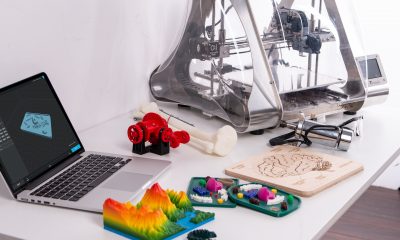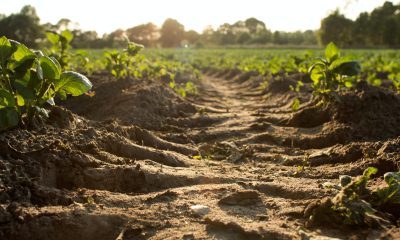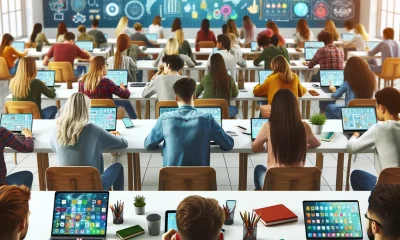The Consumer Electronics Show (CES) 2024 has once again set the stage for groundbreaking innovations in the realm of fitness and wearable technology. This year’s showcase has been particularly notable for its array of smartwatches, fitness headphones, health wearables, and smart rings, each offering unique features designed to enhance our health and fitness experiences.
Smartwatches: A Blend of Style and Functionality
At CES 2024, Garmin unveiled the Garmin Lily 2, a smartwatch that epitomizes elegance and utility. Weighing a mere 20.6g, the Lily 2 features a hidden display that reveals itself upon tapping, blending seamlessly with its fashionable design. It includes connected GPS, a pulse oximeter, and a battery life of five days, making it a versatile accessory for the health-conscious. Priced at $249.99, it’s a testament to Garmin’s commitment to combining fashion with fitness.
In contrast, the Casio G-Shock Rangeman GPR-H1000 is built for the rugged adventurer. It’s equipped with heart rate monitoring, a pulse oximeter, built-in GPS, and Casio’s Triple Sensor technology. This $500 smartwatch is designed to withstand extreme conditions, offering durability alongside its advanced features.
The Rise of Smart Rings
Smart rings have emerged as a popular alternative to traditional fitness watches. The Amazfit Helio ring challenges the status quo with detailed sleep tracking and readiness scoring, available for an annual fee of $69.99. Meanwhile, the Evie smart ring, priced at $269, targets women’s health with an open ring design and AI-driven insights into sleep, blood oxygen, and heart health, without the need for a subscription.
Fitness Headphones: A New Era of Workout Coaching
Mojawa’s HaptiFit Terra headphones represent a significant leap in fitness technology. These bone conduction headphones, priced at $199.99, feature an AI sports trainer and vibration-based training guidance, offering a unique approach to fitness coaching. Sennheiser also made waves with its new Momentum Sport headphones, which include built-in fitness tracking and a PPG heart rate sensor, priced at $329.95.
Health Wearables: Empowering Independence
One of the most impactful innovations at CES 2024 was the GyroGlove, designed to counter Parkinson’s tremors. Priced at $5,899 per hand, this FDA Class-1 approved glove has been a game-changer for individuals like Roberta Wilson-Garrett, enabling them to perform daily tasks with greater ease. Additionally, the Vixion 01 specs, a pair of glasses that automatically correct vision, showcased the potential of health wearables to significantly improve quality of life.
Conclusion
CES 2024 has highlighted the ever-evolving landscape of wearable and fitness technology. From stylish smartwatches like the Garmin Lily 2 to the rugged Casio G-Shock Rangeman, and from innovative smart rings to health-transforming wearables like the GyroGlove, this year’s event has set a new benchmark in the integration of technology with health and fitness. As we continue to witness these advancements, it’s clear that the future of personal health and fitness is increasingly intertwined with cutting-edge technology.


 Home3 years ago
Home3 years ago
 Medical3 years ago
Medical3 years ago
 Gadgets3 years ago
Gadgets3 years ago
 Environment3 years ago
Environment3 years ago
 Medical3 years ago
Medical3 years ago
 Energy3 years ago
Energy3 years ago













